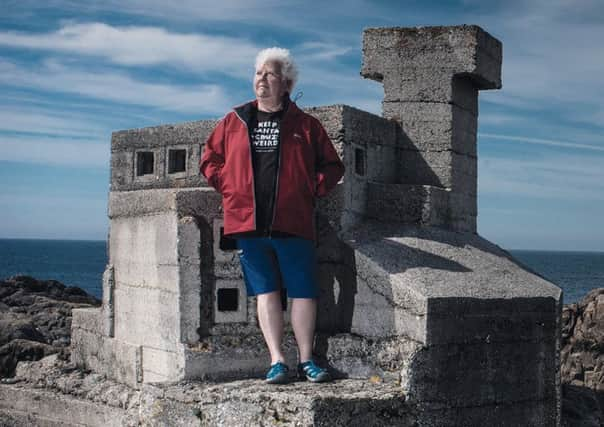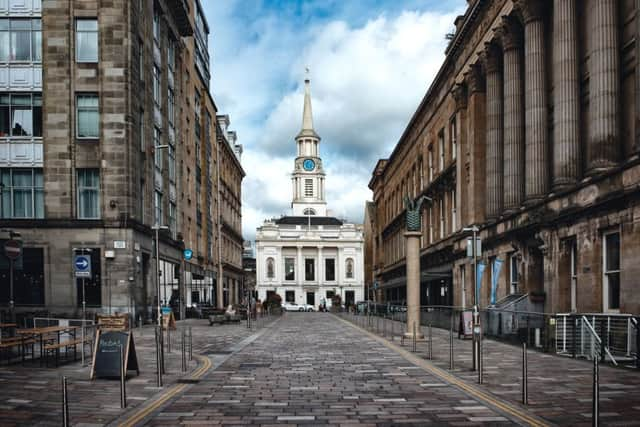Author Val McDermid on her first impressions of Glasgow


By the time I started work on my first published novel, Report for Murder, I was living in exile. Well, that’s what it felt like. I was working in the Manchester office of a national Sunday newspaper and living in Buxton in Derbyshire. It’s the highest market town in England, surrounded by a bowl of hills and the dramatic scenery of the Peak District. Looking back at that choice now, I can’t help feeling that some part of the reason I chose Buxton was that it was the nearest I could get to a sense of belonging.
And although Report for Murder is mostly set in Derbyshire, I couldn’t resist basing my protagonist, Scottish journalist Lindsay Gordon, north of the border. She’s a freelance, living in Glasgow and selling stories wherever she can, which is what brings her down south on an assignment that swiftly turns into a murder investigation.
Advertisement
Hide AdAdvertisement
Hide AdI’d spent two years working as a news journalist in Glasgow before I moved south and I gave Lindsay bits of my own experiences.


I’d gone to Glasgow to work on the Daily Record. I’ve often encountered a surprised reaction from people who didn’t expect me to opt for a tabloid after gaining an Oxford degree in English Language and Literature. But once I’d settled on journalism as a job to tide me over till I could make a living writing fiction, working for a red-top had been my goal. The Record had been the paper of choice in our house and I believed that working people deserved newspapers that were informative as well as entertaining.
I’d arrived in Glasgow with a degree of apprehension as well as excitement. Although only 45 miles separate it from Edinburgh, the two cities are startlingly different.
What I knew of Glasgow before I arrived:
– My cousin, who had been to university there, said it rained twice a year. From September to April and from May to August.
– According to William McIlvanney’s Laidlaw, it was a city of violence and hardship.
– Sectarianism was a brutal and ugly reality, as witnessed in the clashes between football fans whenever Celtic and Rangers played each other.
– Billy Connolly was the epitome of an extravagant and outrageous sense of humour that burned brightest among those with least to lose.
What I didn’t know of Glasgow before I arrived:
– It’s beautiful. It was the second city of empire and its streets and squares are studded with glamorous buildings. The long streets of tall sandstone tenements – even those still ingrained with generations of industrial pollution – have a presence that knocks spots off the brick terraces of other cities. What I also didn’t know then was that the capital to build them came from slavery, sugar and tobacco. I know better now but it still doesn’t diminish their impact.
Advertisement
Hide AdAdvertisement
Hide Ad– Its name means ‘dear green place’ in Gaelic, and there are more than 90 public parks and gardens in the city.
– Everybody speaks to you in Glasgow. Everybody has an opinion and not a shred of reluctance about sharing it.
The great advantage about being a news journalist rather than a specialist is that you get to know a city very quickly. Every day brings another story; another street; another cast of characters. Glasgow was a daily adventure for me, and I was up for it.
My Scotland by Val McDermid with photography by Alan McCredie is published by Sphere today, priced £20.